Table of Contents
Context: India and Italy have decided to work jointly in implementing the ambitious India-Middle East-Europe Economic Corridor (IMEEC).
India-Middle East-Europe Economic Corridor (IMEEC)
India-Middle East-Europe Economic Corridor (IMEEC) is a strategic trade and connectivity initiative linking Asia, Europe and the Middle East via Railroad and ship-to-rail networks.
- Aim: To integrate Asia, Europe, and the Middle East and enhance economic cooperation across these regions.
|
About IMEEC |
|
| Origin |
It was announced on the sidelines of the G20 meeting in New Delhi. |
| Member Countries | India, United States, Saudi Arabia, United Arab Emirates, European Union, France, Germany, Italy. |
| Goals |
|
| Components |
|
| Part of | Partnership for Global Infrastructure Investment (PGII) |
India-Middle East-Europe Economic Corridor at G20
Several nations, including India, the US, Saudi Arabia, the European Union, the United Arab Emirates, France, Germany, and Italy, signed a Memorandum of Understanding (MoU) to build the India-Middle East-European Economic Corridor (IMEC) on the sidelines of the G20 Summit 2023 in New Delhi. Concerns about unsustainable debt and the geopolitical ramifications of China’s Belt and Road Initiative (BRI) projects led to the decision.
What is IMEEC?
In order to encourage economic integration between Asia, the Arabian Gulf, and Europe, IMEC is envisioned as a network of transportation corridors made up of rail lines and sea lanes. This initiative is a part of the Partnership for Global Infrastructure Investment (PGII), a BRI substitute that seeks to finance infrastructure projects in underdeveloped nations through public and private contributions.
This corridor will connect Europe, the Middle East, and Asia through railways and the sea. The key objectives of this ambitious project are to connect commercial hubs, support the development and export of clean energy, and expand undersea cables, energy grids, and telecommunication lines.
India-Middle East-Europe Economic Corridor Map
The India-Middle East-Europe Economic Corridor (IMEC) will be comprised of two separate corridors:
- The east corridor connecting India to the Arabian Gulf and
- The northern corridor connecting the Arabian Gulf to Europe.
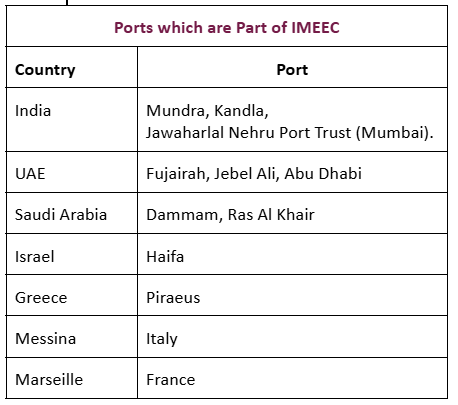
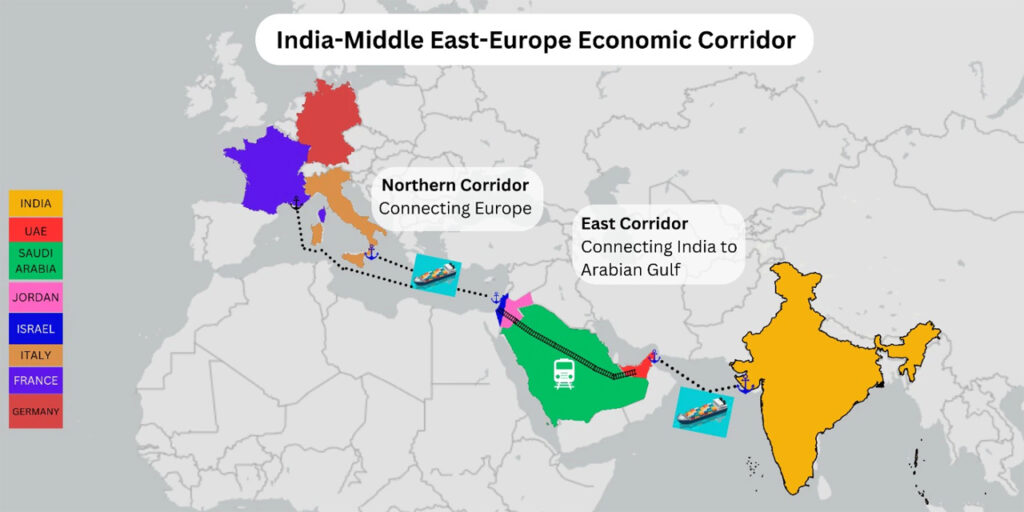
India-Middle East-Europe Economic Corridor Significance
Political Significance
- Counter to China’s BRI: IMEC offers an alternative to BRI’s “debt trap” and expansionist policies.
- Challenge China’s Middle East influence: Offers an alternative to China’s growing influence in the region.
- Promote Middle East stability: Aims to unite the region and avoid future conflicts.
- Normalise diplomatic relations: Could lead to improved relations between regional nations, including Israel and Saudi Arabia.
- Reduce dependence on Suez Canal: Provides an alternate trade route bypassing congested and potentially risky areas.
- Expand G20’s role: Strengthens G20 as a counterbalance to China and Russia’s dominant political forces.
Economic Significance
- Boost trade and jobs: Increases trade of goods, clean energy, and services, promoting economic growth and job creation.
- Infrastructure development: Addresses infrastructure gaps in lower- and middle-income nations.
- Green and digital connectivity: Includes infrastructure for electricity, hydrogen, and high-speed data, promoting sustainability and digital integration.
- Enhanced regional connectivity: Improves trade, prosperity, and overall connectivity within the region.
| Joint Strategic Action Plan (JSAP) 2025–29 |
|
India-Middle East-Europe Economic Corridor Benefits
The India-Middle East-Europe Economic Corridor will aid in fostering global supply chains and food security among emerging nations. By the MoU, this corridor will connect Europe to the Arabian Gulf via a North Corridor and India to the Arabian Gulf via an East Corridor. A railway network will be included in the proposal to supplement the current marine and road links.
This railway route, which primarily travels across the Middle East, also includes plans for the installation of power cables and clean hydrogen pipes. The project aims to facilitate increased trade, notably in energy products, among the participating nations. This initiative is viewed as a substitute for China’s massive Belt and Road Initiative Project. With the Belt and Road Initiative, China sought to integrate the majority of the world’s economies.
Geographical Advantage for India
India stands to gain greatly from the ‘India-Middle East-Europe Shipping and Railway Connectivity Corridor’ (IMEE EC), which firmly places it along the commercial route spanning South East Asia to the Gulf, West Asia, and Europe. This strategic location provides India with significant strategic and economic advantages and creates significant opportunities for the logistics and transportation sector.
Additionally, it provides a transit option that is more effective and affordable, supporting India’s commerce and export activities. This corridor can be built with an emphasis on sustainability, coinciding with India’s objectives for its “green transition,” enhancing its regional influence and enabling Indian businesses to contribute fairly to infrastructure development. Additionally, the corridor claims to safeguard supply chains, create jobs, and improve accessibility and trade facilitation.
India-Middle East-Europe Economic Corridor and Countering China
This initiative is being undertaken as Saudi Arabia and the United Arab Emirates, two longtime US allies, are deepening their ties with China. These nations want to strengthen their ties to the East, where economies are expanding quickly. China has recently improved relations with the Middle East as well, aiding in the negotiation of an agreement between Saudi Arabia and Iran early this year.
The oil-rich Gulf states declared their intention to join the organisation during the BRICS Summit, with China taking the lead in this action. The strategy is viewed as a bold attempt by Washington to compete with China’s Belt and Road initiative, which aimed to link more of the world to that nation’s economy. Recent issues with China’s BRI have been brought about by an increase in loan defaults and a slowdown in investment.
Partnership for Global Infrastructure Investment (PGII)
The G7 (or Group of Seven) conference in the UK in June 2021 was the first public announcement of the infrastructure plan. The United Kingdom, the United States, Canada, France, Germany, Italy, Japan, and the European Union (EU) make up the G7 Countries. The concept was dubbed the Build Back Better World (B3W) initiative by US Vice President Joe Biden. However, little progress was noted.
The PGII was formally introduced in 2022 during the G7 conference in Germany as a joint initiative to aid in funding infrastructure projects in underdeveloped countries through public and private investments. “We aim to collectively mobilise nearly $600 billion from the G7 by 2027 to invest in critical infrastructure that enhances lives and yields tangible benefits for all of our people,” the United States stated.
In essence, the G7 resolved to provide an alternative mechanism for it in response to the infrastructure projects being carried out and sponsored by China under the Belt and Road Initiative (BRI) on a global scale. The PGII and the BRI both have the explicit goal of assisting nations in obtaining money for the construction of vital infrastructure, like as roads, ports, bridges, communication systems, etc., to increase international trade and cooperation.

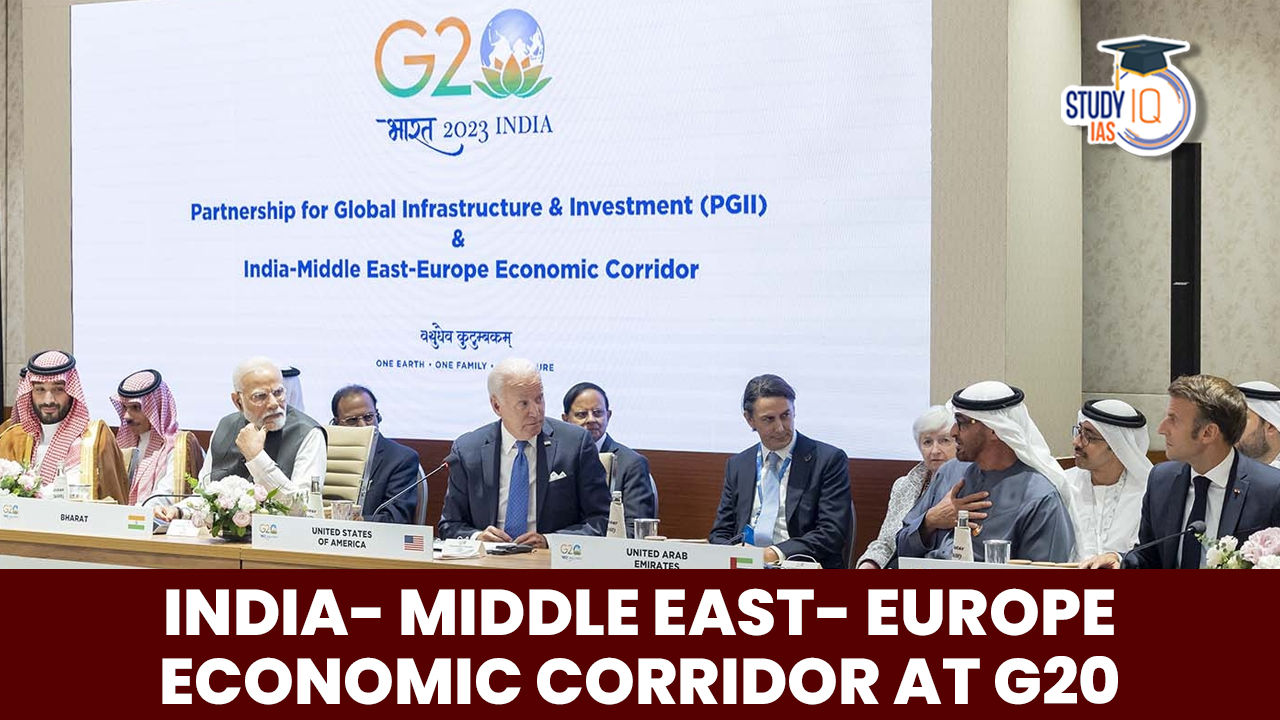
 America’s Plan to Manage AI Proliferat...
America’s Plan to Manage AI Proliferat...
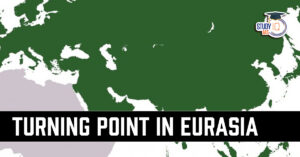 Turning Point in Eurasia and its Implica...
Turning Point in Eurasia and its Implica...
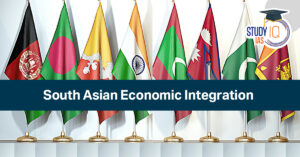 South Asian Economic Integration: Potent...
South Asian Economic Integration: Potent...





















